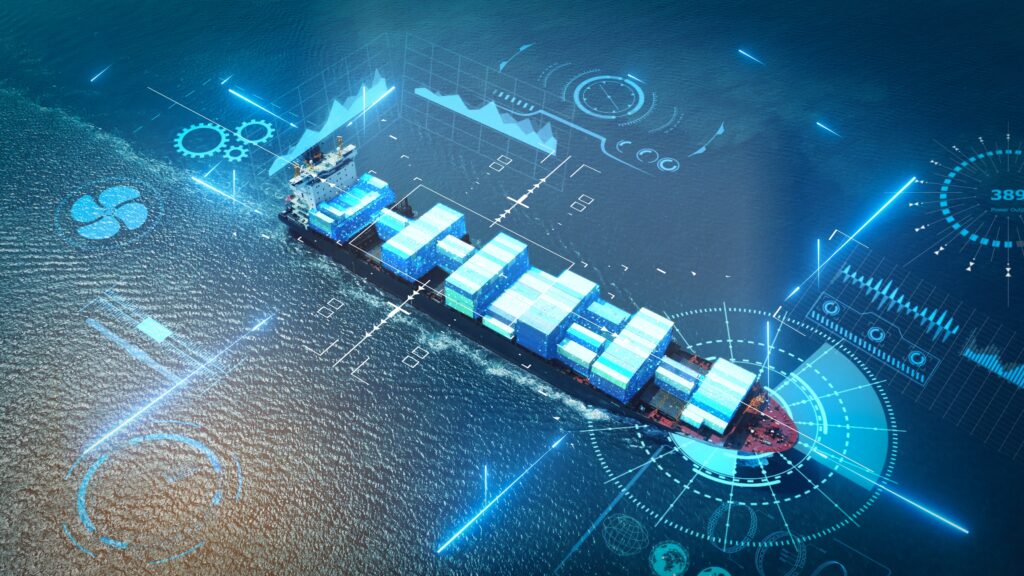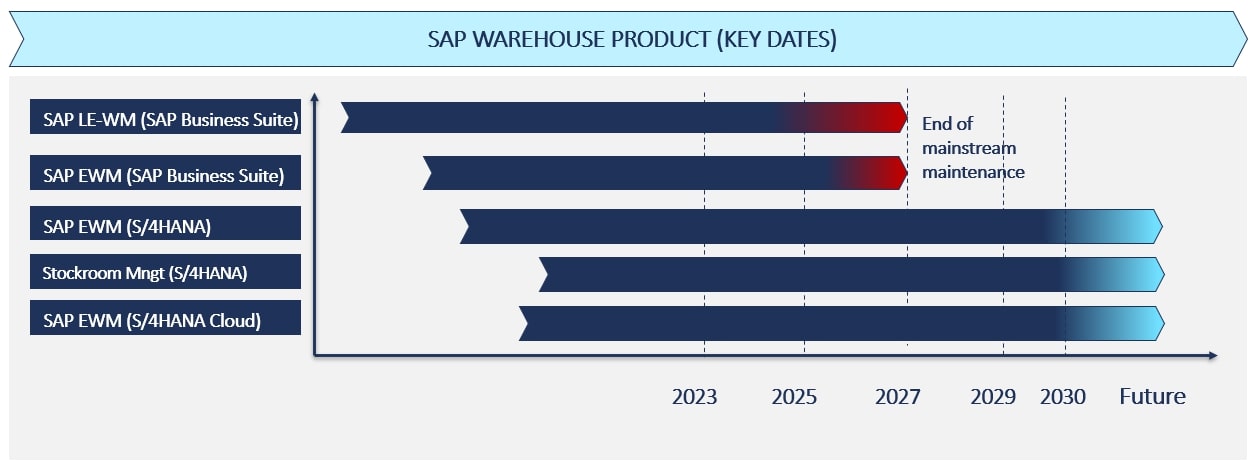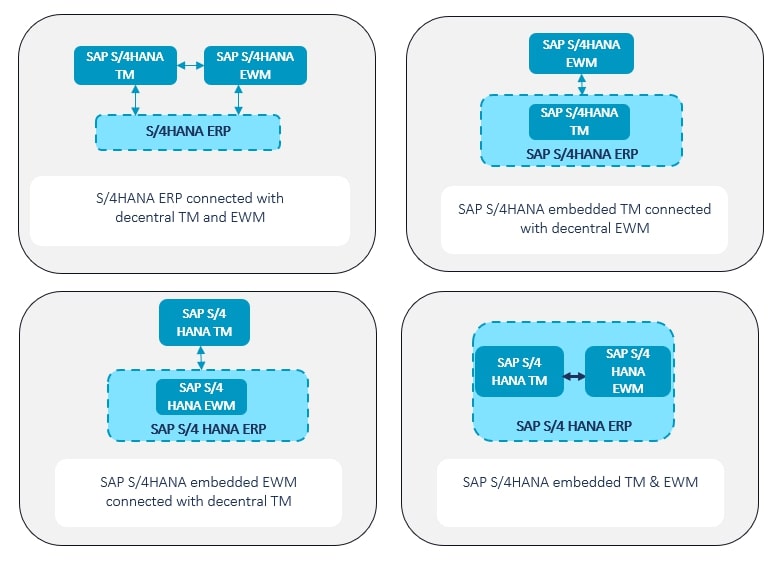
SAP PP-Predictive MRP, Something to Know!
In this article, we focus on the new proposition of SAP PP-Predictive MRP and explain the interest it.

As per SAP’s application roadmap, legacy transport & warehouse applications (based on SAP Business Suite) will be outdated by 2030. Hence, many SAP customers are looking forward to select fitting SAP transport & warehouse applications. This article sheds some light on the available options, to enable customers to choose the right SAP transport & warehouse applications for integrated supply chain processes.
There has been lot of buzz recently around the transition to SAP S/4HANA, SAP’s ERP application for the future. This transition will affect your supply chain execution landscape as legacy transport and warehouse management (TM & WM) applications which are based on SAP Business Suite are not to be continued. There are some key dates announced by SAP regarding end-of-maintenance that one needs to know, to see the full picture.
As per SAP’s roadmap, mainstream maintenance for SAP Business Suite (core applications) will end in 2027. SAP is offering a possibility for extended maintenance till 2030, with additional fees. To support a smooth transition to SAP S/4HANA, SAP also provides an option called “compatibility scope”, that allows customers to use certain SAP ECC applications in a SAP S/4HANA installation at no extra cost. The option to use the compatibility scope will be valid till 2025. For some specific applications, the compatibility scope will be valid till 2030. Compatibility scope is valid for Logistics Execution – Transportation (LE-TRA) application.
With this date in mind, the transition to new TM & WM applications becomes more urgent. The article outlines future TM & WM applications and advises on key landscape modeling options.
With mainstream maintenance for SAP Business Suite coming to an end, there is a gradual shift from legacy transport management and warehouse management applications based on the SAP Business Suite to new TM & WM applications based on S/4HANA. SAP released new TM & WM applications in S/4HANA, which gives customers wide implementation options such as SAP S/4HANA embedded versions, side-by-side version, cloud versions etc. To best manage the interconnected process steps of transportation and warehouse processes, companies need to formulate the right system landscape evolution path.
Let us have a look at the main variants for SAP transport and warehouse applications. The intention is to understand the key application variants, without dwelling on deep technical functionalities.
The following graphic shows the main SAP transportation application variants including their scheduled end of maintenance:

Basic shipping: This option covers basic transportation processes and is included in the S/4HANA license.
Advance shipping: This option provides an advanced feature set for order management, planning, execution, freight settlement, analytics etc. It covers transportation processes of medium to high complexity. The “advance shipping” option requires an additional license.
In the future, the main SAP warehouse applications variants present themselves as follows:

Selecting the right landscape is generally a customer-specific topic, which requires a convergence of multiple factors. Some of the crucial factors are the organization’s IT strategy and vision, the application’s roadmap as announced by SAP, operational costs (including licenses), current and planned transport and warehouse volume etc. If future demands on transport and warehouse management are likely comparable to currents needs, organizations might consider the following options:
The decision to choose between an embedded version or a decentral version should be based on multiple factors, including the migration dependency of ERP application, the number of ERP system to be connected, downtime dependencies (for ERP – TM – EWM applications) etc.
Some of the key options for TM & EWM application landscape are depicted below.

Customers with a future focus on cloud migration of their ERP application can opt for cloud version of TM & EWM applications. In general, public clouds are deployed as multi-tenant systems and based on a SaaS (Software as a Service) model, which is attractive for customers who aim to reduce their dependency from hardware and IT staff to manage the implemented application. Private clouds, in comparison, are deployed as single-tenant systems (cloud access only for the customer). SAP private cloud variants provide a “Digital Supply Chain” offering for modular implementation.
As noticed, there are multiple variants available for SAP Transportation & Warehouse applications (embedded versions, decentral version, cloud versions). Also, releases of new SAP product versions provide latest functionalities and ample opportunities for better landscape modeling. Hence, it is highly recommended to get in touch with experienced implementation partner, to get right landscape design for your supply chain execution processes.
If you need further recommendations on how to design your future warehouse and transportation landscape you are welcome to reach out to us or have a look at our logistics services at our website.

In this article, we focus on the new proposition of SAP PP-Predictive MRP and explain the interest it.

This article shall help you to understand how to optimize your inventory positions in a month – or even less.

Modern PLM systems empower businesses to achieve product excellence in fast-paced markets by enhancing collaboration, agility and innovation.

Read how the Campaign Planner & Designer (CPD) helps you to manage supply chain variability.
© Camelot Management Consultants, Part of Accenture
Camelot Management Consultants is the brand name through which the member firms Camelot Management Consultants GmbH, Camelot ITLab GmbH and their local subsidiaries operate and deliver their services.